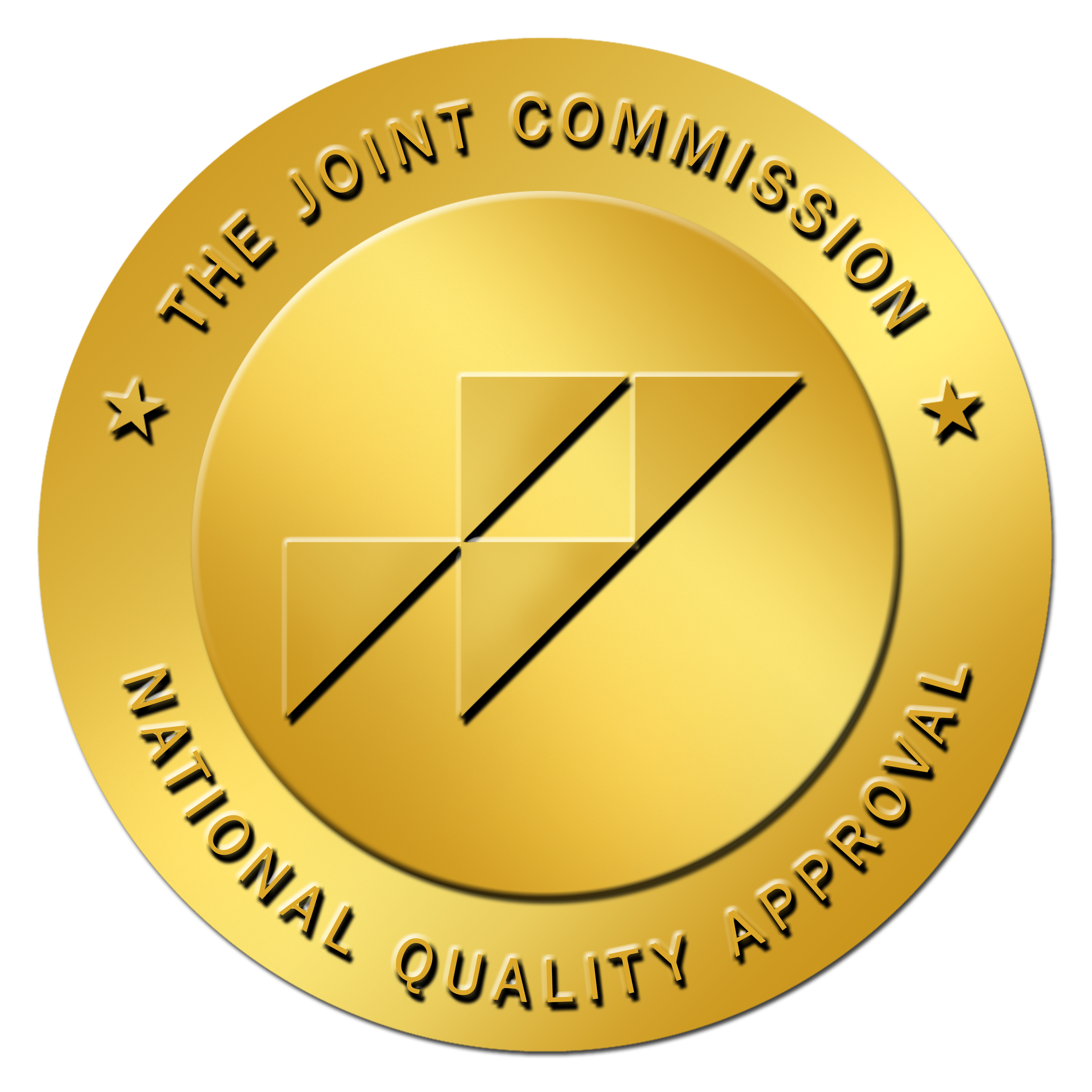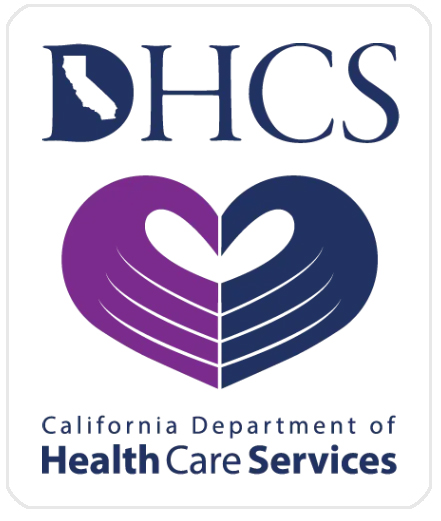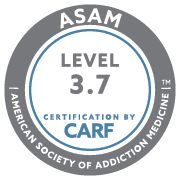“Don’t let the fear of what could happen make nothing happen.”
It’s human nature to avoid pain and seek pleasure. We sit on the comfortable chair rather than stand. We put off doing our term paper until the last minute. We eat the piece of cake rather than go to the gym. People who have developed an addiction to drugs or alcohol may know this the best. It is one of the driving forces in the life of an addict: to seek pleasure in order to numb our pain. Of course, simultaneously, this reveals the real suffering deep inside. The pleasure/pain principle can keep a person shackled to the chains of their substance for years, even when they have recognized its power for destruction in their lives. They need to avoid pain and find pleasure, no matter what the cost.
Ultimately a person who knows it’s time to get clean but doesn’t do it is afraid of one or more possibilities. And this is a common aspect of addiction treatment. This fear takes precedence over the long-term pleasure possible and causes them to do nothing—except stay in their addiction. So here are 4 common fears and some hope if you are experiencing any of them and looking for the path to recovery.
1. Afraid of the Shame
As a society, people look down at those who have abused drugs over the years. This is somewhat obvious. However, the war on drugs has helped bring about a serious stigma that caught a lot of good people in the crossfire. Certainly, drug and alcohol abuse are contributing factors to criminal activities, violence, even death. However, an individual looking for help is not the problem. Even so, once they are connected to drug or alcohol use, they risk the stigma so much so that they fear losing their job, friends, and family.
Hope: Though there is certainly stigma involved in admitting drug addiction, the only reality of who you are lies with you. You have a disease that has altered your brain. You are not a bad person. In fact, the simple act of looking for help shows you have a propensity for good. No one can make you believe this. You may have to simply push through the shame. However, you could be surprised by the grace of your immediate support. Going to an employer or family member is often met with gratitude and encouragement. You might think you are hiding your current habits, but the people in your life probably see more than you think. Hearing you are looking for help would likely be welcome news to them.
Don’t let the fear of possible shame stop you from acting. Your life depends on it.
2. Afraid of the Pain
Detoxing your body from the physical dependence it’s built up over the years can leave you with some pretty uncomfortable withdrawal symptoms. This is simply true. Withdrawal symptoms vary depending on how long a person has been addicted and what they are addicted to. They range from anything as minimal as sweating and shivering to nausea, seizures, hallucinations, and more. The fear of this pain is often what keeps people from looking for help.
Hope: It is true, detoxing from a substance you have been addicted to can be painful and even dangerous. The withdrawals can be intense and without proper supervision, can produce life-threatening situations. However, this is where a professional, medically supervised detox comes in. At a detox such as this, you will be administered medication to help alleviate the discomfort, and you will have around-the-clock supervision (especially the first 24 hours) to make sure your vitals are okay. Even though it does make a difference, it’s not just the pain. If you are considering detoxing from drugs or alcohol, make sure you have professionals involved. It could save your life.
Don’t let the fear of treatable pain stop you from acting. Your life depends on it.
3. Afraid It Won’t Work
Relapses happen. And sometimes those who have gone through them, again and again, feel completely alienated from the possibility of recovery. They believe treatment simply won’t work for them. That they have tried so many times, nothing will ever help. Others have never even tried to quit because they feel like sobriety is simply impossible for them. They can’t imagine life without their substances.
Hope: The best thing for you to hear if you are in one of these categories is, simply: “Recovery is possible.” With the right treatment, recovery happens. And millions of people have felt like you do. Those same people have found a new life. It is such a desperate situation to believe that there is no help (especially after multiple relapses). But the truth is you can do it. There is no single recovery approach that works for everyone. The key is to find the best recovery solution for you and never give up.
*SoCal Detox can help you with both of those. Please call us and let us help you find the treatment that will work for you: 888-590-0777.
Don’t let the fear of possible failure stop you from acting. Your life depends on it.
4. BEST REASON: Afraid to Confront the Real Issues
This is the best reason to be afraid. Because yes. Recovery involves digging deep into your personal issues. Detoxing then going through therapy will uncover painful memories, anxieties, and possible trauma that you’ve had in your life for years. There is no way around this. Lasting recovery comes when you do good, hard work on yourself. You are currently using drugs to take care of the problems you have in your personal life. Drugs and alcohol don’t make the problems go away. In fact, they make them worse. They are putting your life in danger.
Hope: It’s time to choose recovery. The only way to handle the problems in your life is to confront them head-on. If this does not happen, you will always be a shell of who you were meant to be. It’s up to you.
Don’t let the fear of yourself stop you from acting. Your life depends on it.
Help
Call us today. One of our addiction specialists can help you understand these fears and answer all your questions about your treatment options at SoCal Detox: 888-590-0777.






